ARTICLE AD BOX
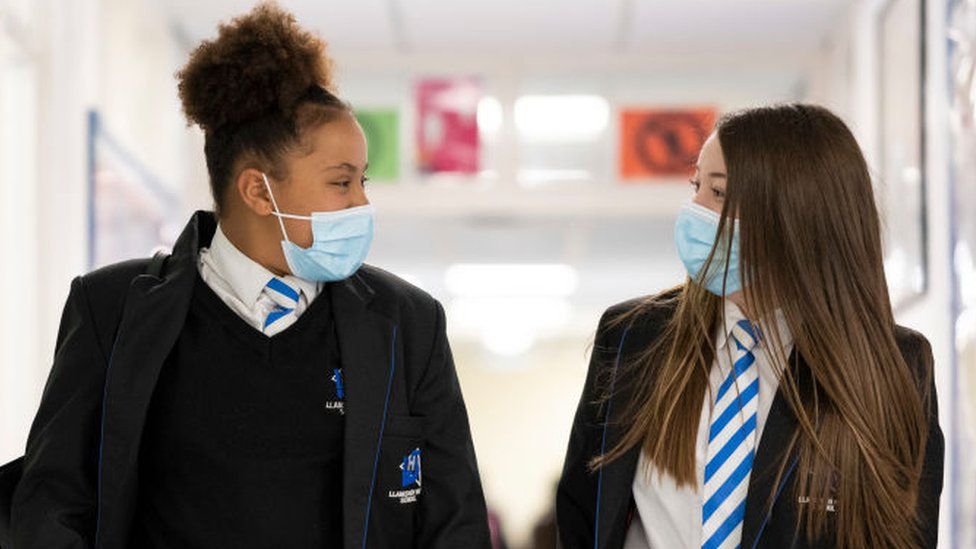 Image source, Getty Images
Image source, Getty Images
By Hazel Shearing, education correspondent, and Nick Triggle, health correspondent
BBC News
Former Health Secretary Matt Hancock pushed to have schools closed in January 2021, messages published by the Daily Telegraph suggest. He eventually got his way with ministers making a U-turn on their initial decision to keep them open. But was it the right call?
The WhatsApp debate between ministers happened in late December 2020, at which point rates of Covid infection were rising, driven by the new Alpha variant. It reportedly prompted Mr Hancock to warn reopening schools would be a "policy car crash" with children spreading the disease.
The BBC has not seen or independently verified the WhatsApp messages, so cannot judge the context in which they were sent.
But we have been told that at the time, behind the scenes, scientific advisers were also torn. The government advisory body Sage had made it clear that its modelling suggested if schools were to stay open it would be difficult to curb the rise in infections.
As always, it said there were other considerations to take into account than just curbing the spread of the virus. The most obvious was that closing schools again after the March to September shutdown could have a devastating impact on children's wellbeing and education.
Keeping primary schools open discussed
Some of the scientists most closely involved in the modelling had suggested keeping primary schools open - the evidence at the time suggested younger children were less likely to transmit the virus and would find remote learning more challenging.
But this option was, in the end, rejected, and schools in England closed until early March. The country started to see infection rates fall quite sharply and soon we had one of Europe's lowest levels of Covid.
But that does not necessarily mean the decision was right or that closing of schools was what tipped the balance. Within weeks there were signs that the winter peak had already been reached, even as ministers were arguing over WhatsApp.
Why? One thing the modelling done for the government consistently failed to do was take into account human behaviour. With infection rates rising over Christmas, the public had already started to curb their mixing even ahead of what became the third national lockdown in the first week of January 2021.
In the following months, several government scientists lamented the failure to do more to keep schools open, at least for some age groups.
Could it have been different? England - and for that matter the rest of the UK where schools were closed too - was not unique in closing schools.
In late March 2020, 167 countries had fully or partially closed their schools and by that December, that number was 85.
But there were countries in Europe where schools were not closed for as long, or at all. Sweden kept primary school and younger secondary school pupils in class throughout, for example.
There are questions to answer about prioritisation too. There were periods, for example, when hairdressers and bars were open, but schools were not.
The wider forces at play
Ministers could, of course, could have kept schools open in January 2021 and accepted there was a greater risk of the virus spreading, safe in the knowledge that children were at low risk of severe illness.
At the time, the vaccine programme had just started rolling out, and the teaching unions were once again putting up objections to having schools fully open, arguing it would put their members at risk. Although throughout the pandemic teachers were at no higher risk of being infected than average. Shop workers and health staff, for example, were much more likely to get Covid.
The evidence at that point was that schools were not a particular driver of infections, rather they simply mirrored what was happening in society.
It later became clear that the dominant Alpha variant would lead to higher rates of infection among children and young people than other age groups. But that is hardly surprising given they consistently mixed more after the first lockdown, which was the most stringent.
Some have argued an earlier lockdown - perhaps in mid-December once Alpha was identified and with the vaccine programme under way - would have given ministers more wriggle room to keep schools open.
But the debate about school opening also needs to consider what was and was not done for pupils.
Schools never fully closed during lockdowns. They remained open for vulnerable children and key workers - accounting for between 11% and 20% of children in England from January to early March 2021.
The cost to pupils
With teachers switching to remote learning for those out of school, education continued during national lockdowns for most pupils.
But not everyone had the same access to laptops and other technology to help them learn from home.
Research by the University of Sussex found that nearly one in five less advantaged parents said they struggled with home-learning during the first lockdown.
The Department for Education announced it was rolling out extra laptops to help disadvantaged children in mid-January 2021 - nine months into the pandemic.
There is, of course, no doubt that the pandemic had an impact on children's education. Last year, 59% of England's pupils met the expected standards in reading, writing and maths in Year 6 Sats tests, down from 65% in 2019.
Image source, Getty Images
The government said at the time that this was to be "expected due to the impact of the pandemic" and that there was "more work to do" to help pupils catch up.
The pandemic has had social and emotional impacts too. BBC analysis published in February and October last year showed there had been a 77% rise in the number of children needing specialist treatment for severe mental health crisis, while the number of five and six-year-olds who needed speech and language support at school had risen by 10%.
In the end, it came down to a judgement call by politicians. They could have kept schools open, or kept them closed for less time.
What is clear is that their decision had huge consequences for children.

 2 years ago
85
2 years ago
85

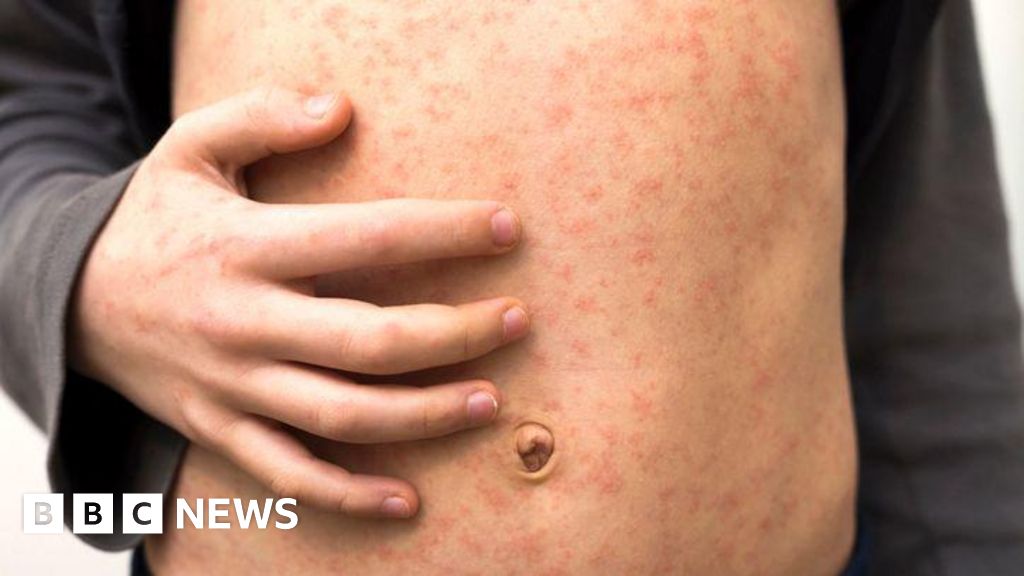
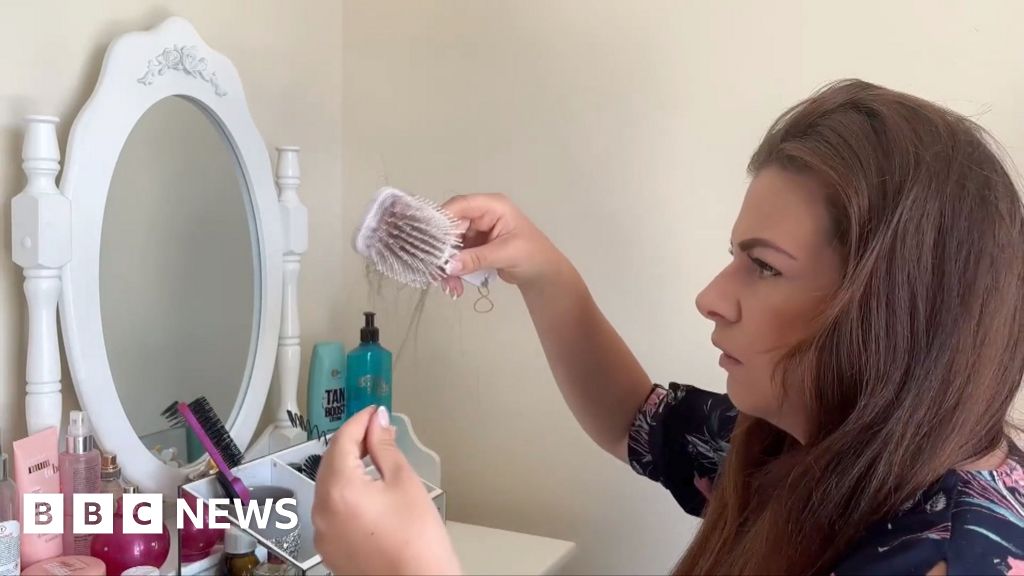
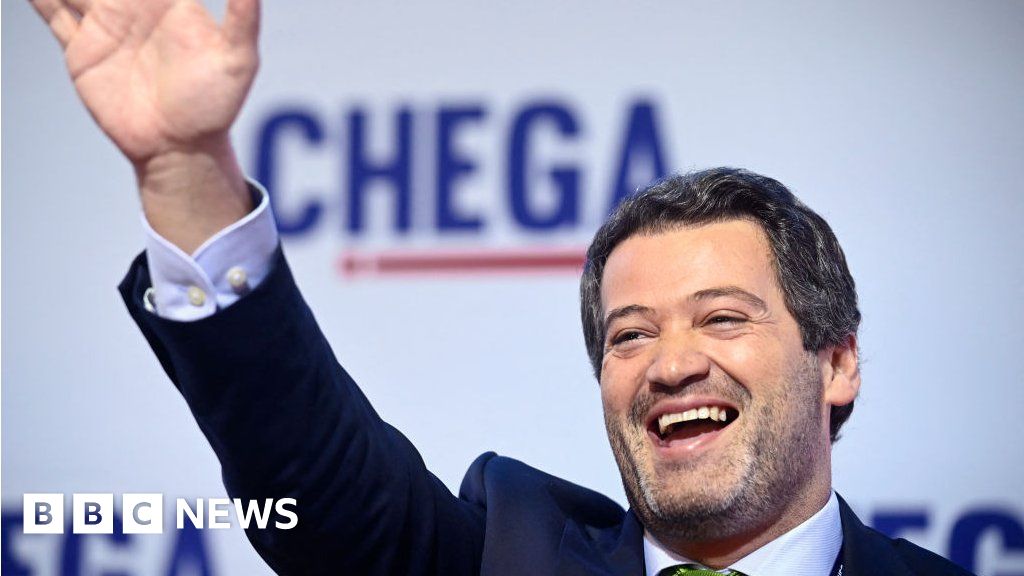
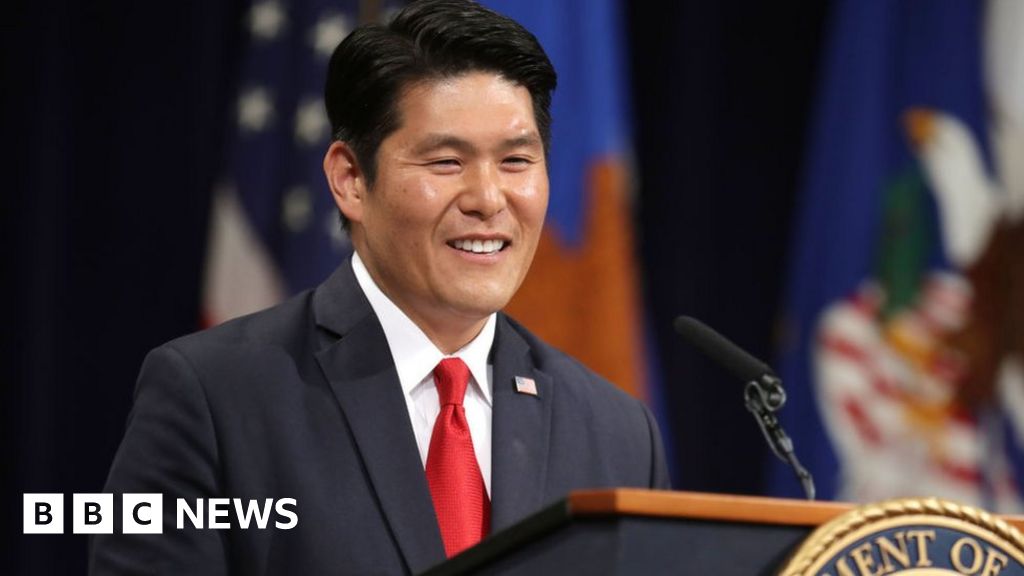

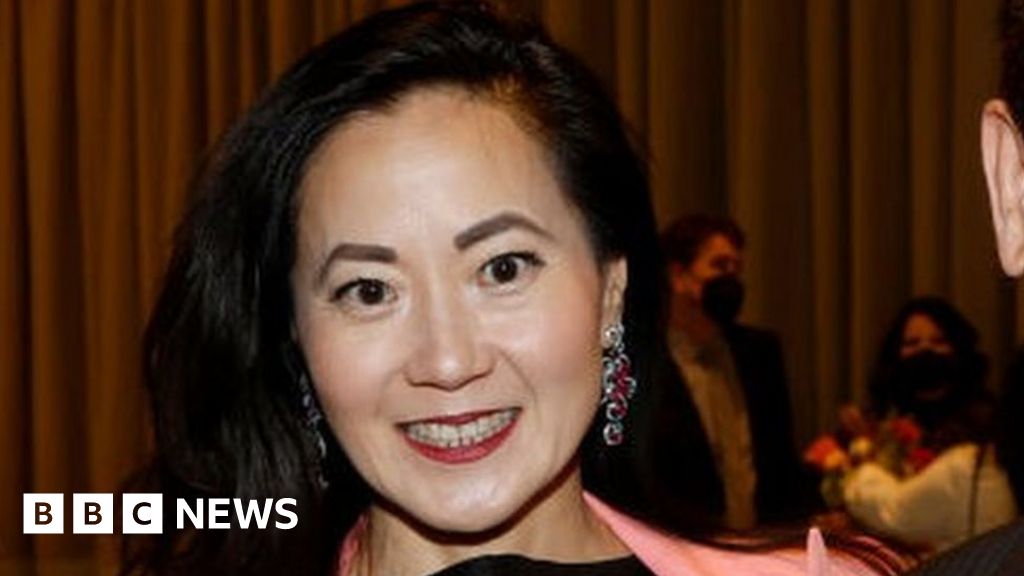
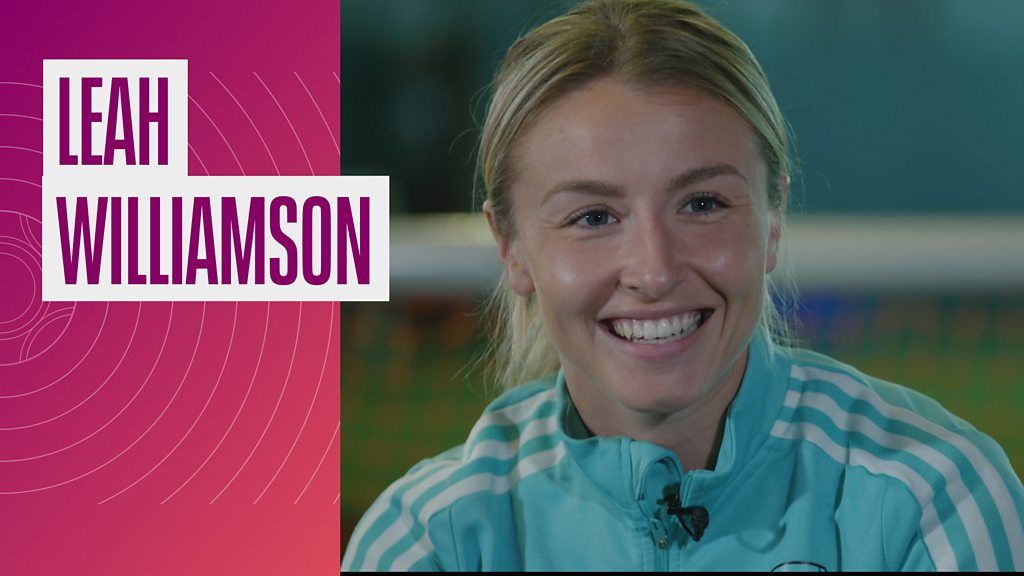
 English (US) ·
English (US) ·